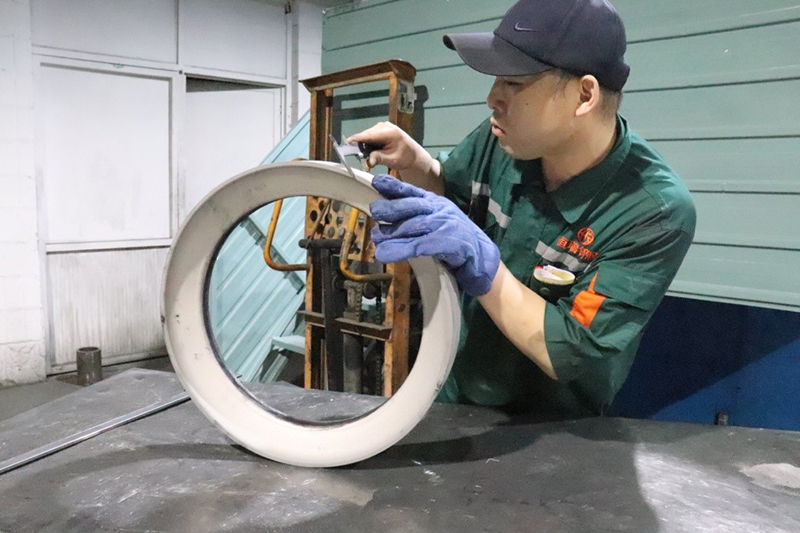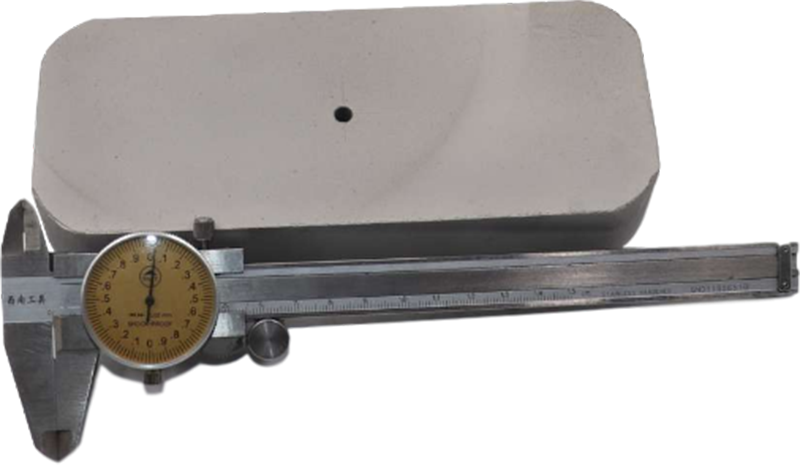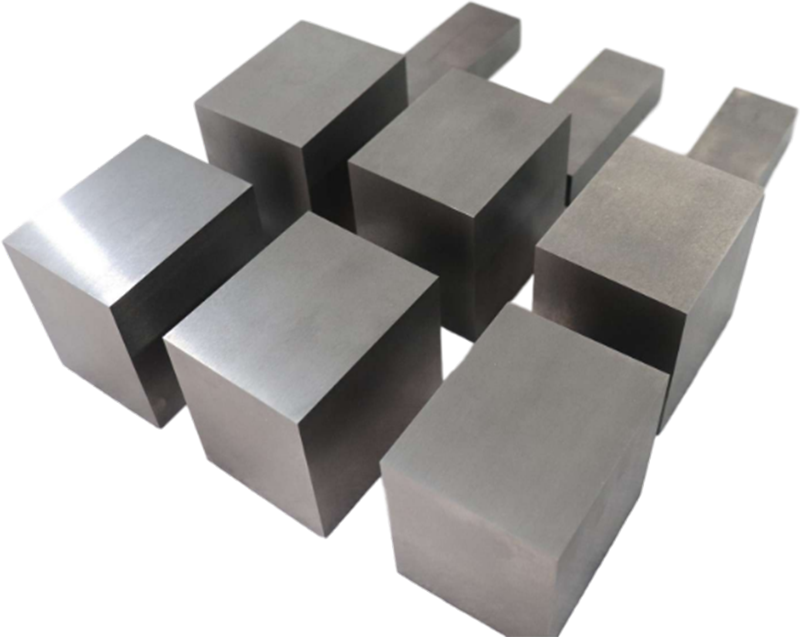Cemented carbides are made by mixing tungsten carbide with cobalt in a certain ratio, pressurizing into various shapes, and then semi-sintering. This sintering process is usually carried out in a vacuum furnace. It is sintered in a vacuum furnace at a temperature of about 1,300 to 1,500 degrees Celsius.
Special-shaped bar
Sintered hard alloy forming is to press powder into billet, and then into the sintering furnace heating to a certain temperature (sintering temperature), and maintain a certain time (holding time), and then cooling down, so as to obtain the required performance of the hard alloy material.
The cemented carbide sintering process can be divided into four basic stages:
1: Removal of forming agent and pre-firing stage, in this stage the sintered body changes as follows:
The removal of molding agent, at the initial stage of sintering with the rise of temperature, molding agent gradually decompose or vaporize, exclude the sintered body, at the same time, molding agent more or less to the sintered body carburizing, carburizing amount will change with the type of molding agent, the number and the different sintering process.
The surface oxides of the powder are reduced. At sintering temperature, hydrogen can reduce the oxides of cobalt and tungsten. If the forming agent is removed in vacuum and sintered, the carbon-oxygen reaction is not strong. The contact stress between powder particles is gradually eliminated, the bonding metal powder begins to recover and recrystallize, surface diffusion begins to occur, and the strength of the block is improved.
2: solid phase sintering stage (800℃– eutectic temperature)
At the temperature before the appearance of liquid phase, in addition to continuing the process occurring in the previous stage, solid reaction and diffusion are intensified, plastic flow is enhanced, and the sintered body appears obvious shrinkage.
3: liquid phase sintering stage (eutectic temperature — sintering temperature)
When there is a liquid phase in the sintered body, the shrinkage is quickly completed, and then the crystallization transition occurs, forming the basic microstructure and structure of the alloy.
4: cooling stage (sintering temperature — room temperature)
At this stage, the microstructure and phase composition of the alloy change with the different cooling conditions, which can be used to heat treatment of cemented carbide to improve its physical and mechanical properties.
Post time: Feb-10-2023












